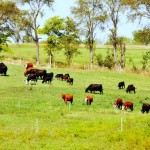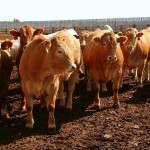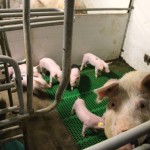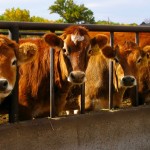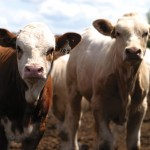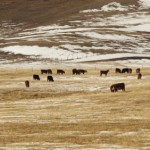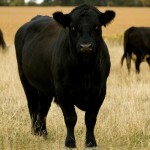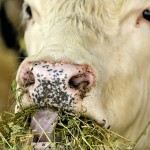Our industry is maligned for producing greenhouse gas. Practically every living organism produces greenhouse gas, even plants, but cattle produce more than other livestock because rumen bacteria produce methane as they digest feed. Additional greenhouse gas comes from manure (methane and nitrous oxide) and fossil fuel use (carbon dioxide). However, like the industry’s “water footprint,” […] Read more



